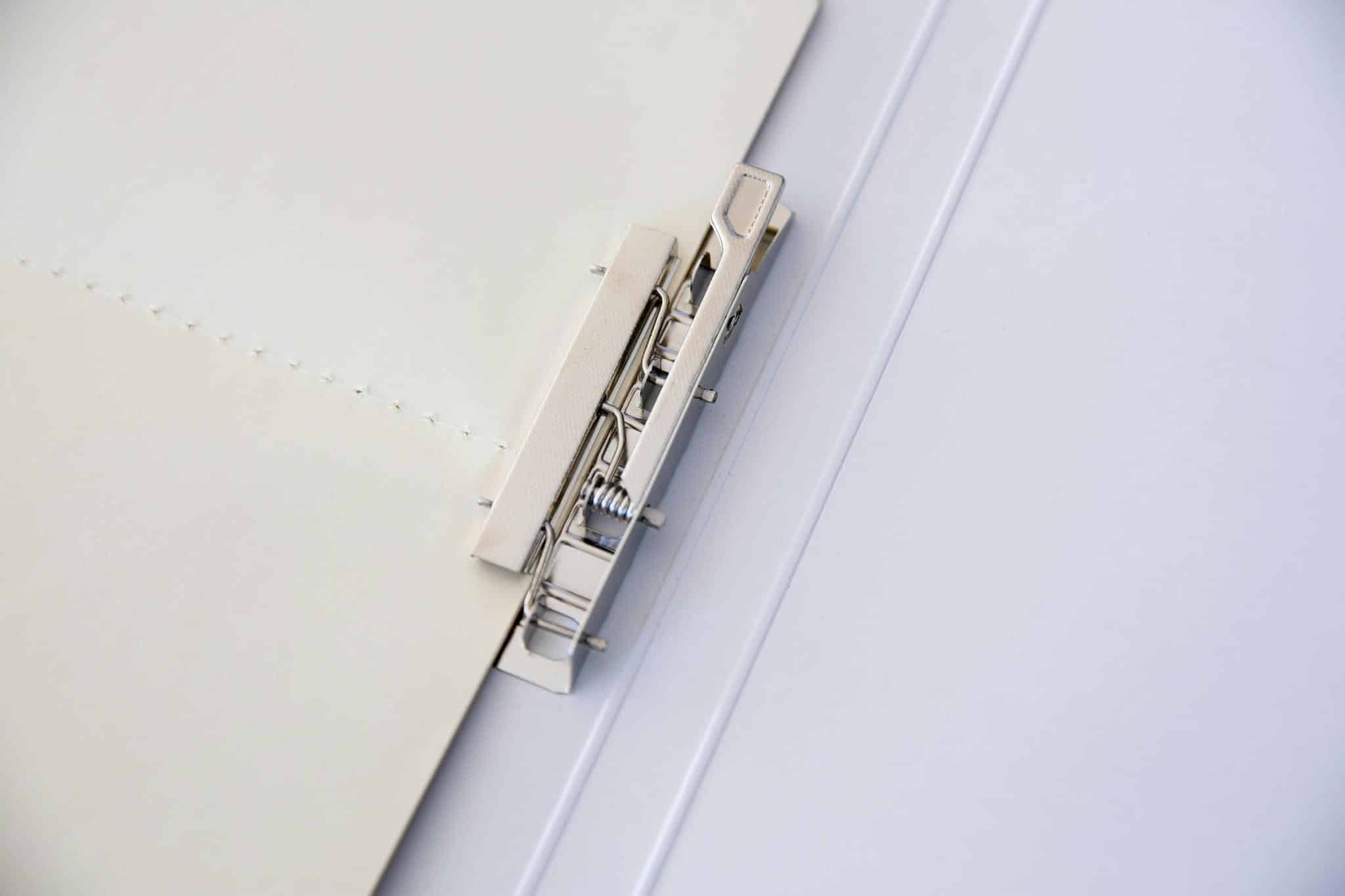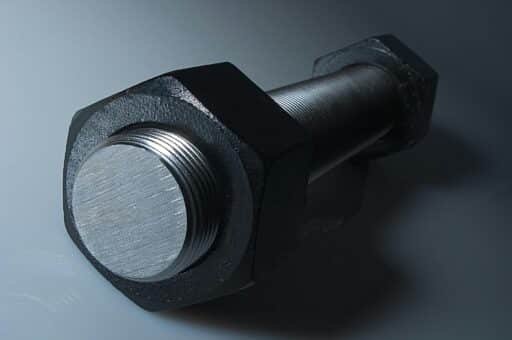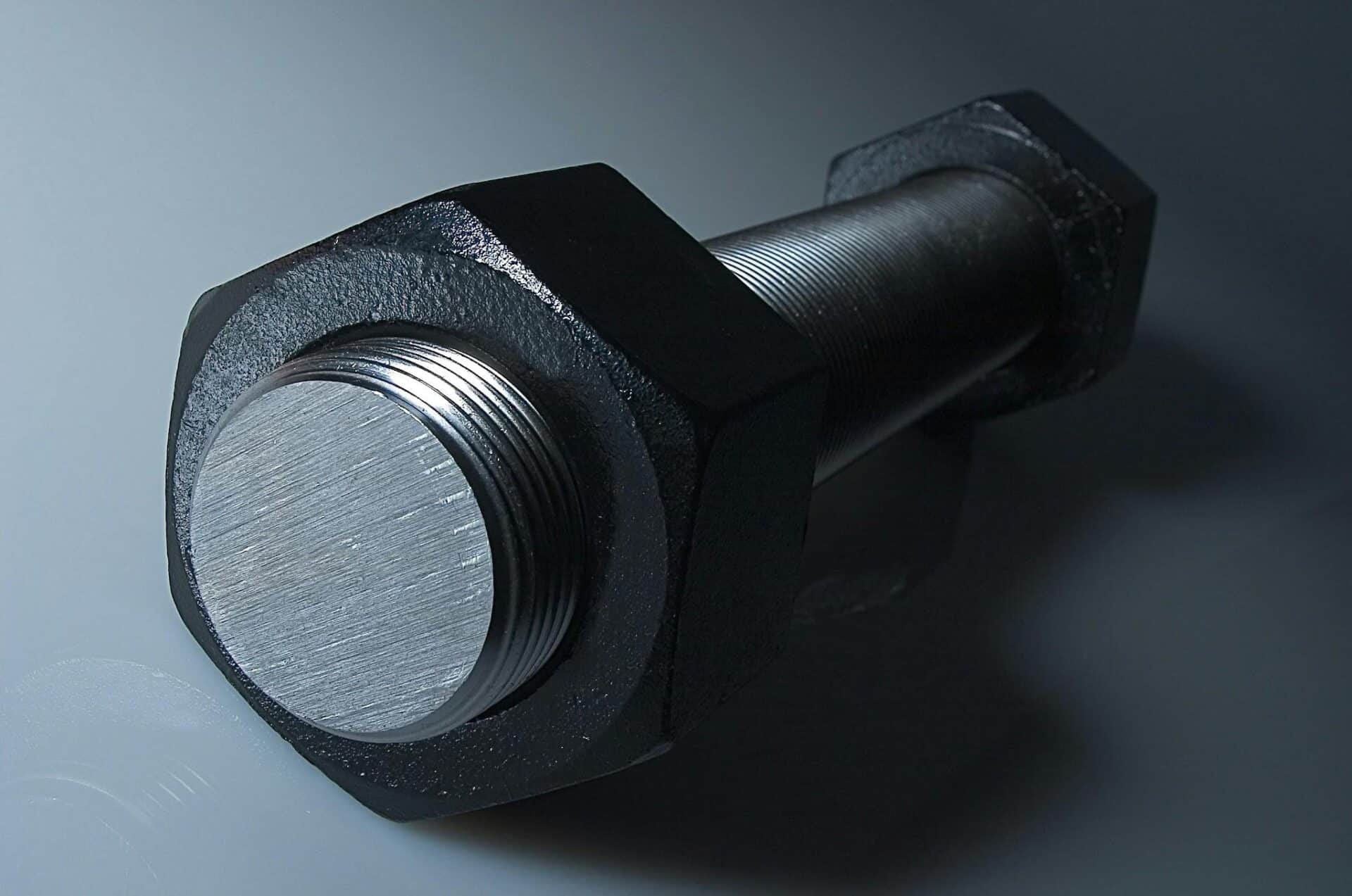Every successful DIY project depends on how well materials are joined together. From hanging a heavy shelf to building furniture or repairing household items, the strength and precision of your fastening determine the final result. Achieving professional-grade fastening at home is possible without advanced training or specialized tools.
With the right techniques, hardware, and preparation, even small projects can look polished and last for years. This guide breaks down practical methods that help homeowners and hobbyists reach professional standards in fastening while keeping the process safe and efficient.
Understand the Material Before Fastening
Different materials require different fastening approaches, so understanding what you’re working with is the foundation of quality results. Wood, metal, plastic, and masonry all react differently to screws, bolts, and adhesives. For example, driving a screw directly into softwood without a pilot hole can split it, while over-tightening a bolt in metal may strip the threads.
Taking a few moments to research material compatibility avoids structural weaknesses and saves time later. When working with mixed materials, like attaching metal brackets to wood, use appropriate fasteners that balance surfaces, such as self-tapping screws or expansion anchors. Recognizing how each material behaves makes every connection cleaner and stronger.
Choose the Right Fasteners for the Job
Fasteners come in hundreds of types, each designed for specific loads and applications. Wood screws, machine bolts, a wide range of blind rivets, and wall anchors each serve a unique purpose, so using the right one can elevate your project’s durability. Drywall anchors provide stable mounting for heavier items like mirrors, while deck screws resist corrosion for outdoor use.
Matching the fastener to the material and the environment is key to achieving professional results. It’s helpful to invest in stainless steel or coated options for long-term reliability in damp or outdoor settings. Keeping a well-organized box of assorted screws, washers, and bolts on hand makes it easier to handle unexpected repairs without compromising quality.
Use the Proper Tools and Techniques
Even the best fasteners can fail if the wrong tools are used. A screwdriver that slips or a drill bit that’s too large can weaken joints or damage surfaces. Power tools like impact drivers, torque wrenches, and cordless drills make a noticeable difference when fastening accurately.
Using a torque-controlled setting prevents over-tightening, while magnetic bit holders make alignment steadier. For woodwork, pre-drilling pilot holes and countersinking screws keeps surfaces smooth and prevents cracking. Consistent angles and even spacing give projects a refined, symmetrical look.
Apply the Right Amount of Pressure and Torque
A common mistake in home fastening is applying too much or too little force. Excess pressure can strip threads, bend screws, or damage surrounding materials. Loose fastening can lead to wobbly joints or early failure.
The trick is to apply just enough torque to hold pieces securely without stressing the material. Many electric screwdrivers and drills now include torque adjustment settings that simplify this balance.
When working manually, tighten fasteners gradually, testing stability as you go. Paying attention to how the material responds helps fine-tune your technique.
Combine Fasteners with Adhesives for Extra Strength
Professionals often pair mechanical fasteners with adhesives to reinforce joints and prevent movement. Using wood glue alongside screws creates a stronger bond that distributes pressure more evenly. Construction adhesives, epoxy, and thread-locking compounds can make a big difference in household repairs.
These products reduce vibration loosening, fill small gaps, and improve stability. The key is choosing the correct adhesive for the material and allowing full curing time before applying stress. When done correctly, combining adhesive with screws or bolts produces results that resist wear and maintain alignment for years.
Maintain and Inspect Fastened Joints Regularly
Even the most precise fastening can weaken from temperature shifts, vibration, or moisture exposure. Regular inspection helps catch early signs of loosening or corrosion before they escalate. Checking joints in outdoor furniture, shelves, or fixtures once every few months can prevent long-term damage.
Tighten loose screws and replace any rusted or stripped hardware promptly. A small touch-up, like reapplying sealant or using anti-rust spray, can extend the lifespan of your work.
This maintenance habit keeps projects looking sharp and ensures they stay as sturdy as the day they were finished. Professional results are about how well it’s preserved afterward.

Fastening like a professional at home doesn’t require a workshop full of expensive tools. It’s about understanding materials, selecting the right fasteners, using proper torque, and combining smart techniques with regular maintenance.
With a bit of patience and attention to detail, anyone can achieve secure, durable, and visually pleasing results. Every well-fastened piece adds to the confidence and skill of the home craftsman who made it.








